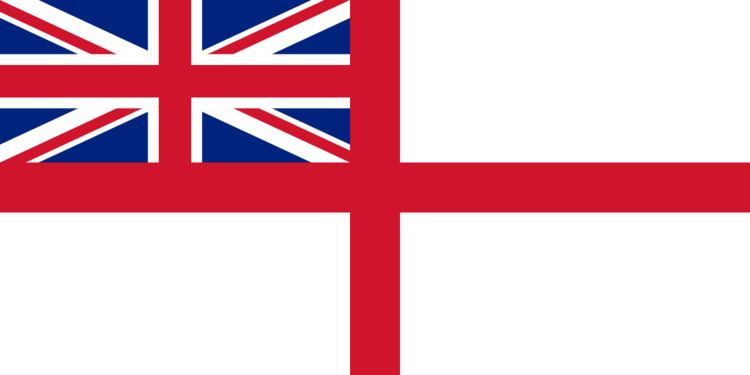Country United Kingdom | Allegiance HM The Queen | |
 | ||
Active 1918 - Present(Current Structure Adopted) Website Royal Navy Medical Service | ||
The Royal Navy Medical Service is the branch of the Royal Navy responsible for medical care. It works closely with Queen Alexandra's Royal Naval Nursing Service.
Contents
History
The history of the service can be traced back to 1692 when treatment for sick and wounded naval personnel was administered by the Commissioners of the Sick and Hurt Board until 1841, the sick and hurt board was originally a subsidiary body of the Navy Board, then later the Board of Admiralty it was then replaced by a new Medical Department of the Navy until 1917, following further re-structuring within the Admiralty Department it became known as the Royal Navy Medical Service.
Since the Royal Navy was officially established, the medical officers of the navy were segregated into surgeons and physicians. Every ship would carry a surgeon or assistant surgeon, who would have to treat patients, perform surgical procedures and prepare medications, but the more senior physicians would work either on a capital ship or in charge of a land based hospital. The current structure of ranking for medical officers was adopted in 1918.
Structure
The medical branch today is made up of Medical Officers (physicians) and non-commissioned officers and ratings as medical assistants, who receive similar training to paramedics. Nursing services are provided for the navy by the QARNNS which works alongside the Medical Service, but is a separate organisation. In total, 1,522 personnel are employed by the service.
It is currently commanded by Surgeon Commodore Peter Buxton OBE QHP, the Medical Director General (Naval); MDG(N) and Chief Naval Medical Officer.
The honorary Commodore-in-Chief of the RNMS is Camilla, Duchess of Cornwall. In her role as Commodore-in-Chief, the Duchess visited the training-establishment HMS Excellent in January 2012, to award medals to naval medical teams returning from service in Afghanistan.
All ranks of the medical branch provide medical care afloat as well at naval shore establishments and with the royal marines.
Medical Assistants
Medical Assistants are deployed on all major warships and submarines of the Royal Navy, and provide primary care to the crew. They also have the role of training the crew in first aid. Capital ships often carry non-commissioned medical technicians as part of the larger medical department, who perform laboratory work to aid the medical assistants and officers.
Medical Assistants both male and female provide medical close support and shore side medical care to all Units of 3 Commando Brigade Royal Marines.
All medical assistants are ranked in the same manner as other ratings.
Medical Officers
Capital ships (including aircraft carriers, LPHs) have separate medical departments permanently staffed by one or two medical officers, but they are embarked temporarily on smaller vessels when on a long operational tour. Medical officers are ranked in the same manner as other officers, but wear red stripes between the gold on their epaulets, and have the title 'Surgeon' added to their rank (Surgeon Lieutenant for example). Although royal navy medical officers are qualified doctors, they do not use the Dr prefix, like those in other British military medical organisations.
